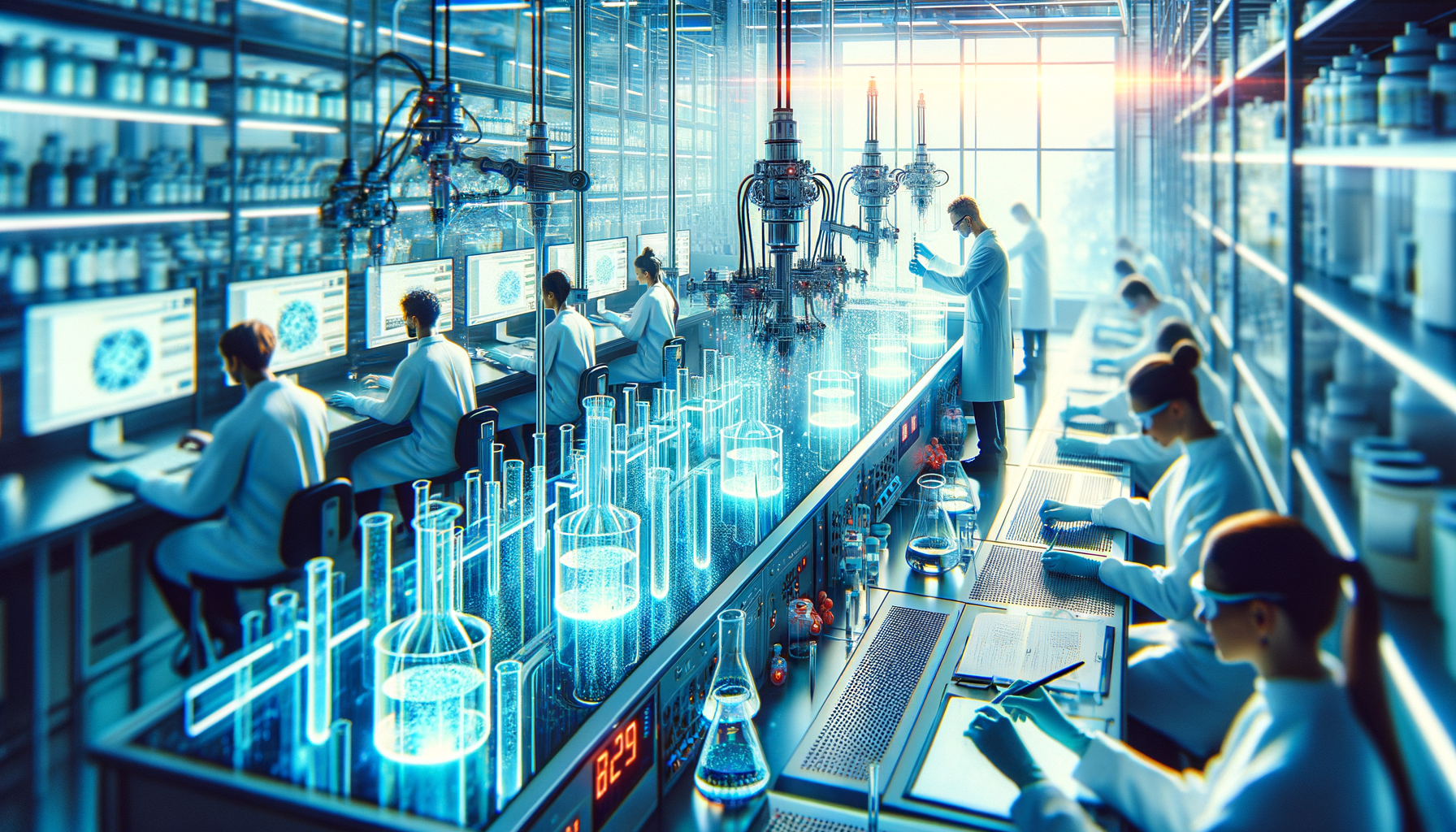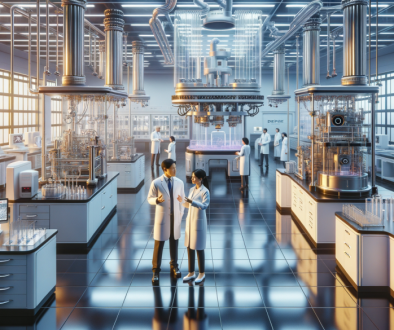Striking the Right Balance: Antimicrobial Additives and Environmental Sustainability
In the quest for effective manufacturing processes, antimicrobial additives have become an indispensable tool. These substances are designed to combat the growth and spread of microorganisms, ensuring the safety and longevity of a wide range of products, from medical devices to textiles and even construction materials. However, as with any technological advancement, their use raises concerns about their environmental impact and the potential for contributing to antimicrobial resistance (AMR). It is essential to understand not only how these additives function but also the broader implications they hold for our ecosystems and public health.
The Double-Edged Sword of Antimicrobial Additives
Antimicrobial additives have undeniably played a crucial role in safeguarding human health and enhancing product quality. They are particularly vital in healthcare settings, where the prevention of infections can mean the difference between life and death. In the food industry, these additives help maintain the safety and quality of products, reducing spoilage and extending shelf life. However, their widespread use has also raised significant concerns regarding their potential environmental consequences. The challenge lies in leveraging the benefits of these substances while mitigating their negative impacts on the environment.
Soil and Plant Health: A Delicate Balance
One of the primary concerns surrounding antimicrobial additives is their impact on soil and plant health. Healthy soil is a complex ecosystem that supports a diverse array of microorganisms, which play crucial roles in nutrient cycling, disease suppression, and overall soil fertility. The introduction of antimicrobial additives can disturb this delicate balance, leading to a reduction in microbial diversity. This disruption can have far-reaching consequences for agriculture, as a decrease in beneficial soil microbes can result in diminished crop yields and increased vulnerability to pests and diseases. Additionally, the loss of microbial diversity in soil can hinder future pharmaceutical discoveries, as many important drugs are derived from soil microorganisms.
Waste and Pollution: A Growing Concern
Antimicrobial substances can enter the environment through various pathways, including treated and untreated human and animal excreta, as well as residual waste from pharmaceutical, manufacturing, and healthcare sectors. When these pollutants find their way into the air, soil, and waterways, they pose a significant threat to aquatic and terrestrial ecosystems. For instance, studies have shown that certain antimicrobial compounds can accumulate in aquatic environments, adversely affecting the health of fish and other aquatic organisms. Furthermore, the presence of these substances can lead to the development of antimicrobial-resistant strains of bacteria in the environment, compounding the public health threat posed by AMR.
Climate Change: An Exacerbating Factor
The relationship between antimicrobial additives and climate change is complex and multifaceted. As global temperatures rise due to climate change, the survival and spread of antimicrobial-resistant diseases may become more prevalent, creating a vicious cycle where increased resistance leads to higher healthcare costs and more significant public health challenges. Additionally, climate change-related events such as flooding can lead to the uncontrolled leakage of antimicrobials into the environment, further exacerbating the problem. This interplay between antimicrobial additives and climate change underscores the urgent need for integrated solutions that address both issues concurrently.
Biodiversity Loss: A Silent Crisis
Healthy soils are home to a vast array of microbial diversity, which is crucial for maintaining ecosystem functions. The indiscriminate use of antimicrobial additives can alter the composition of soil microbes, potentially contributing to biodiversity loss. This loss can have far-reaching consequences for the entire food chain, impacting not only agricultural productivity but also the overall health of our planet. Biodiversity is essential for ecosystem resilience, and its degradation can lead to a cascade of negative effects, including decreased food security and increased vulnerability to environmental changes.
Technological Advancements and Responsible Use
Despite the challenges posed by antimicrobial additives, the manufacturing industry is not standing still. Innovative technologies and approaches are being developed to strike a balance between effectiveness and sustainability. These advancements aim to harness the benefits of antimicrobial substances while minimizing their environmental footprint.
Antimicrobial Materials and Technologies
Various antimicrobial technologies are being explored, including the use of silver, copper, and zinc. These materials possess mechanisms of action that can effectively control microorganisms while potentially reducing the risk of resistance development and environmental concerns. For example, copper has been shown to have natural antimicrobial properties, making it a promising candidate for applications in healthcare and public spaces. However, the long-term impacts of these materials on ecosystems are still being studied, and responsible use remains paramount. Continuous research is essential to understand the full implications of these substances and to develop guidelines for their safe and effective use.
Antimicrobial Stewardship: A Proactive Approach
Antimicrobial stewardship refers to a systematic approach aimed at educating and supporting healthcare professionals in following evidence-based guidelines for prescribing and administering antimicrobials. This proactive approach is crucial for safeguarding the effectiveness of antimicrobial medicines and minimizing their environmental impact. By promoting the judicious use of these substances, healthcare providers can help reduce the incidence of AMR and ensure that antimicrobials remain effective for future generations. Education and awareness campaigns targeting both healthcare professionals and the general public can further enhance the effectiveness of stewardship initiatives.
Global Antimicrobial Resistance and Use Surveillance System (GLASS)
The World Health Organization’s GLASS initiative represents a standardized approach to collecting, analyzing, and sharing data on AMR and antimicrobial use. By monitoring the status of national surveillance systems and supporting low- and middle-income countries in improving data collection and usage, GLASS plays a vital role in informing policymaking and guiding responsible antimicrobial use. This global initiative not only helps track the emergence and spread of resistance but also facilitates collaboration among countries to address this pressing issue. Strengthening surveillance systems worldwide is essential for developing effective strategies to combat AMR and protect public health.
Striking the Right Balance
The environmental impact of antimicrobial additives is a multifaceted issue that requires a holistic approach. While these substances are undoubtedly effective in controlling microorganisms, their misuse and overuse can lead to antimicrobial resistance, posing significant health and economic risks. As we navigate this complex landscape, it is crucial to strike a balance between the effectiveness of antimicrobial additives and their sustainability.
Achieving this balance can be accomplished through several key strategies:
- Responsible Use and Stewardship: Encouraging the judicious use of antimicrobials and promoting stewardship initiatives can help mitigate the risks associated with their use. This includes educating both healthcare professionals and consumers about the importance of using these substances only when necessary.
- Investing in Research and Development: Continued investment in the research and development of more environmentally friendly alternatives to traditional antimicrobial additives is essential. By exploring novel solutions that provide effective microbial control without harming ecosystems, we can pave the way for more sustainable practices.
- Implementing Strict Monitoring and Regulatory Frameworks: Establishing and enforcing robust regulations governing the use of antimicrobial additives can help minimize their environmental impact. Regulatory bodies must work closely with industries to ensure compliance with environmental standards and promote sustainable practices.
- Promoting Public Awareness and Education: Raising public awareness about the potential environmental impacts of antimicrobial additives is crucial. Educational campaigns can empower individuals to make informed choices about the products they use and encourage responsible behavior regarding antimicrobial use.
By addressing these challenges head-on, we can ensure that the benefits of antimicrobial additives are realized while minimizing their environmental impact, safeguarding human health, and preserving the delicate balance of our ecosystems.
Relevant Sources
This article is generated with the help of SafeComs AI, Automation Bot.
.




